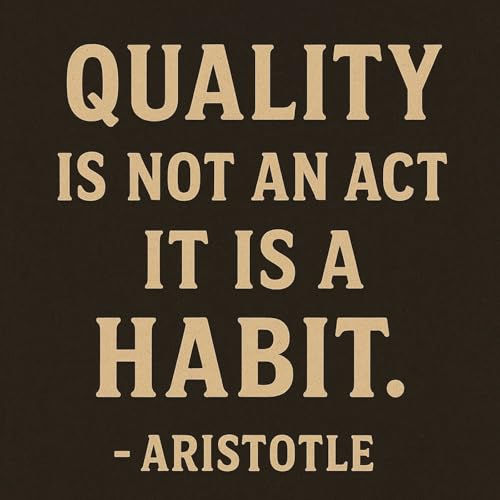Introduction: From Draft to Cornerstone of Quality
Creating a procedure is like drawing a blueprint for a critical component. A brilliant design on paper is worthless—and dangerous—if it hasn't been scrutinized by fellow engineers, stress-tested against real-world conditions, and formally approved for construction. The journey of a procedure from a simple draft to an enforceable, controlled document is the bedrock of any robust Quality Management System (QMS).
This lesson explores the critical lifecycle stages that transform a written document into a reliable operational tool: Review, Validation, and Formal Approval. These aren't bureaucratic hurdles; they are systematic risk-reduction activities that ensure procedures are accurate, compliant, practical, and fully integrated into the organization's daily operations. Mastering this workflow is essential for building a culture of quality, ensuring consistency, and protecting the organization from operational failures and regulatory non-compliance.
Phase 1: The Crucible of Review - Forging Consensus and Clarity
The review phase is a collaborative, multi-perspective stress test of the procedure's logic and content. It is the first and most cost-effective opportunity to catch errors, ambiguities, and compliance gaps before they lead to costly failures in validation or on the shop floor.
1.1. The Core Objectives of Review
The primary goals extend beyond a simple proofread:
Technical Accuracy: Is the information factually correct? Does it align with established scientific principles, engineering specifications, and technical data sheets?
Completeness & Logic: Are all steps included? Are inputs, outputs, decision points, and contingency actions clearly defined? Does the workflow make logical sense from start to finish?
Clarity & Usability: Is the language clear, concise, and unambiguous for the intended audience? Is it free of jargon that could be misinterpreted? Human Factors Engineering (HFE) principles are key here: a procedure that is difficult to follow invites error.
Compliance & Consistency: Does the procedure adhere to all relevant internal policies, industry standards (e.g., ISO 9001, AS9100, GMP), and external regulatory requirements (e.g., FDA, EASA)? Does it conflict with any other existing procedures?
Risk Assessment: Have potential failure modes, safety hazards, or quality risks associated with the procedure been identified and adequately mitigated within the document itself?
Show More
Show Less
 3 mins
3 mins 2 mins
2 mins 3 mins
3 mins 2 mins
2 mins 3 mins
3 mins 3 mins
3 mins 2 mins
2 mins Nov 27 20253 mins
Nov 27 20253 mins

